- About Us
- Advertise
- Editorial
- Contact Us
- Terms and Conditions
- Privacy Policy
- Do Not Sell My Personal Information
© 2025 MJH Life Sciences™ and Dental Products Report. All rights reserved.
Top 10 Modern Hygienist Articles of 2022
Informative, educational content led this year’s numbers for Modern Hygienist, providing a good source for hygienists to make informed choices and expand their knowledge on several topics. Here are the top 10 Modern Hygienist articles of 2022.
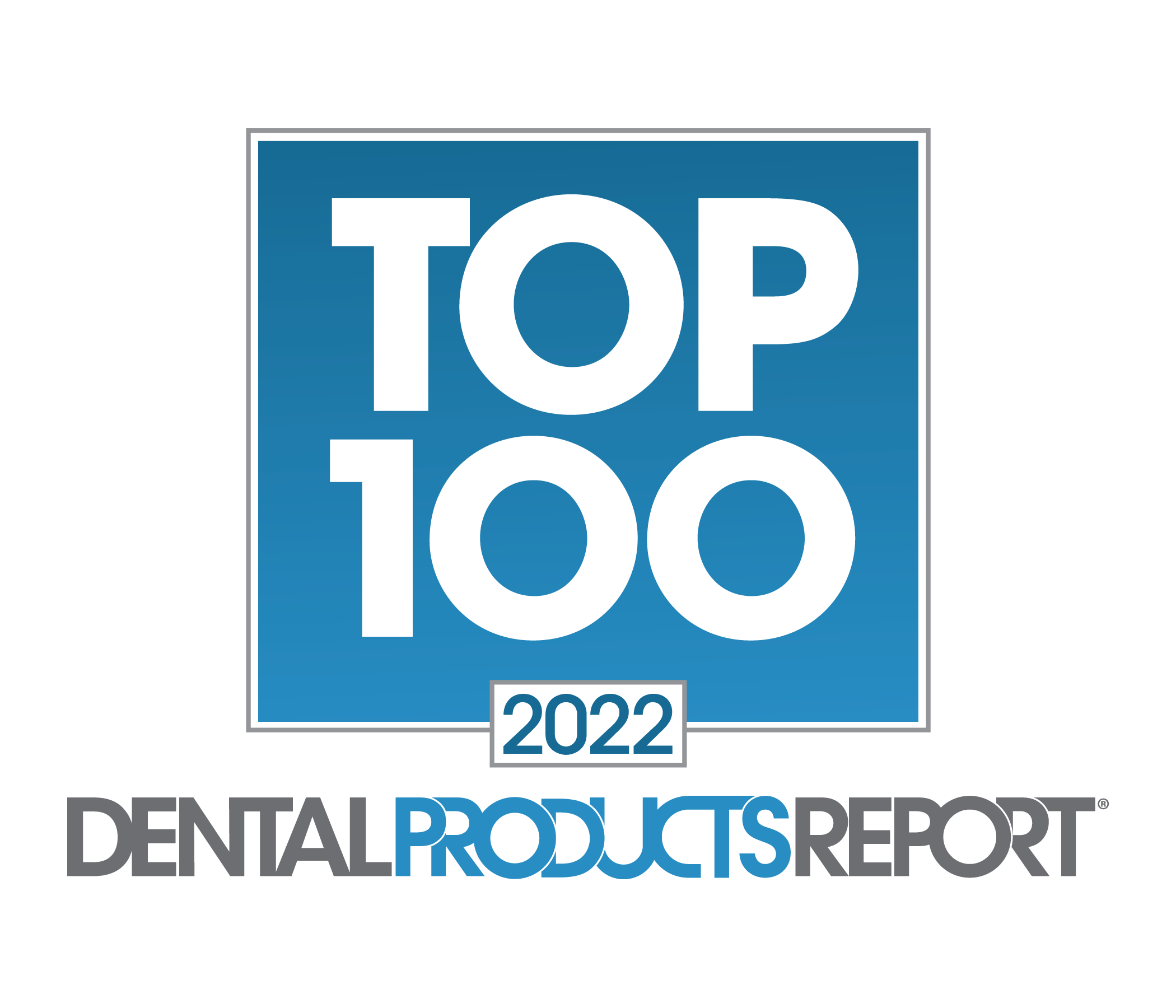
Dental hygienists are tasked with wearing many different hats. Between patient care and professional development, a balancing act comes into play. This year, a variety of contributing authors tackled topics relevant to dental hygienists, ranging from chlorhexidine to COVID-19 to dental hygiene school.
Informative, educational content led this year’s numbers for Modern Hygienist, providing a good source for hygienists to make informed choices and expand their knowledge on several topics. Here are the top 10 Modern Hygienist articles of 2022.

Chlorhexidine Is the Evil Villain in Your Dental Practice by Candice Bronzini, RDH, BSDH
In most fairy tales, there’s a villain who gives the heroine what she desperately wants, but it comes at a price. If you’re giving your patients chlorhexidine to fulfill their wish to kill bacteria, you’ve just been tricked by a villain. You’ve probably always detested the dark shadow (stain and calculus) that chlorhexidine casts upon your patients’ teeth, but there are greater dangers that come with its use. Chlorhexidine kills bacteria, but at what price? This July feature from Candice Bronzini, RDH, BSDH, describes just how dangerous chlorhexidine usage can be.
Go to bit.ly/EvilVillian
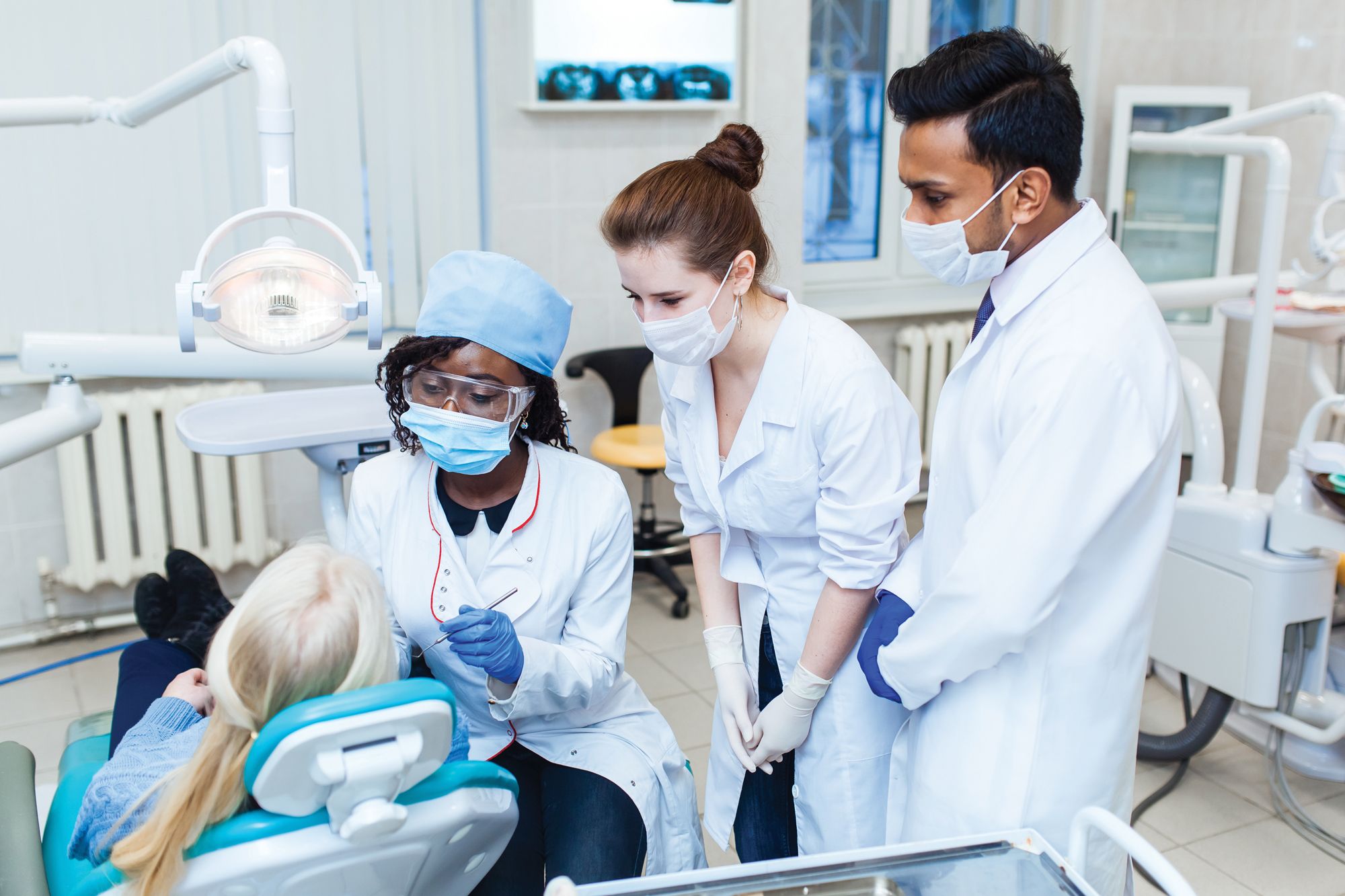
5 Things I Wish I Learned in Dental Hygiene School by Alyssa Aberle, MBA, BSDH, RDH
This article from dental hygienist and Modern Hygienist editorial advisory board member Alyssa Aberle, MBA, BSDH, RDH, details the 5 things she wishes she had learned in dental hygiene school. Aberle stresses that lessons like the importance of taking care of one’s body, being a lifelong learner, and finding one’s passion are vital to being a good dental hygienist.
Go to bit.ly/HygieneSchool
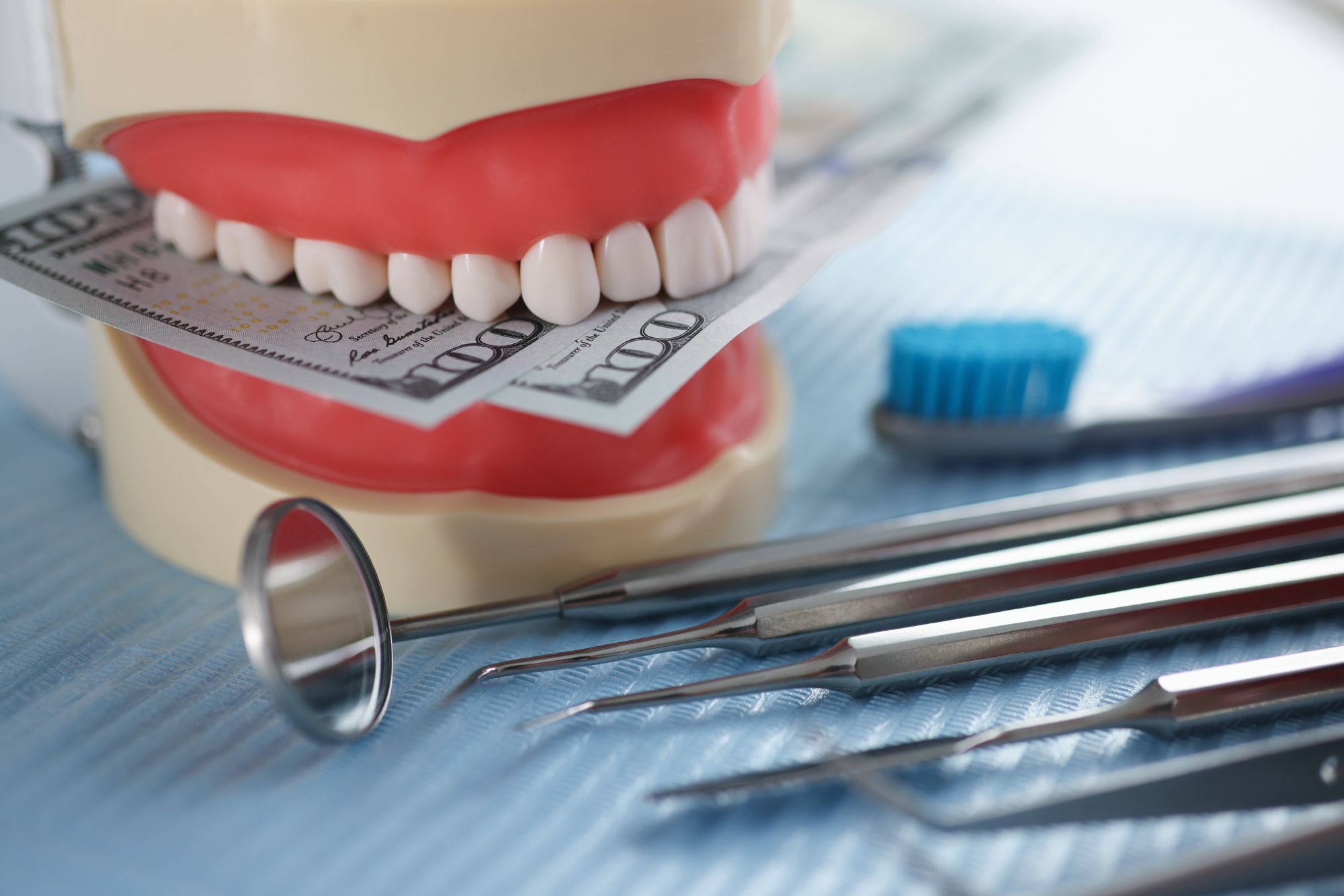
Dental Procedure Coding Update: What Your Practice Should Know for 2022 by Terri Lively
Regular contributing author Terri Lively writes on the dental procedure coding updates for 2022 in this popular feature. Published at the top of the year, this content was of value to many dental professionals. There are many reasons to stay current on dental codes; proper billing practice is among the most important. Dental offices often do not realize that dental practice management software only gives them the title and the code number. If the definition changes, that will not be indicated. If the dental professional does not follow the new definition but bills for it anyway, dental practices could be billing fraudulently without realizing. Knowing this, Lively offered valuable insight and information in this yearly summarization of new coding procedures.
Go to bit.ly/2022CDTUpdates

Chlorhexidine: High Risk, Low Reward by Robert Martino, DDS
A hot topic in this top 10, chlorhexidine again took center stage in this June feature from OraCare board member Robert Martino, DDS. “For decades chlorhexidine was seen as the gold standard, but because of its ability to kill bacteria, we often overlooked its downsides, such as staining, calculus buildup, and loss of taste. But there are even more negatives, and the odds are not in your favor,” writes Dr Martino. In this article, a variety of the risks associated with chlorhexidine are enumerated by Dr Martino, providing a good source of insight for dental hygienists who may think twice about using chlorhexidine.
Go to bit.ly/HighRiskLowReward
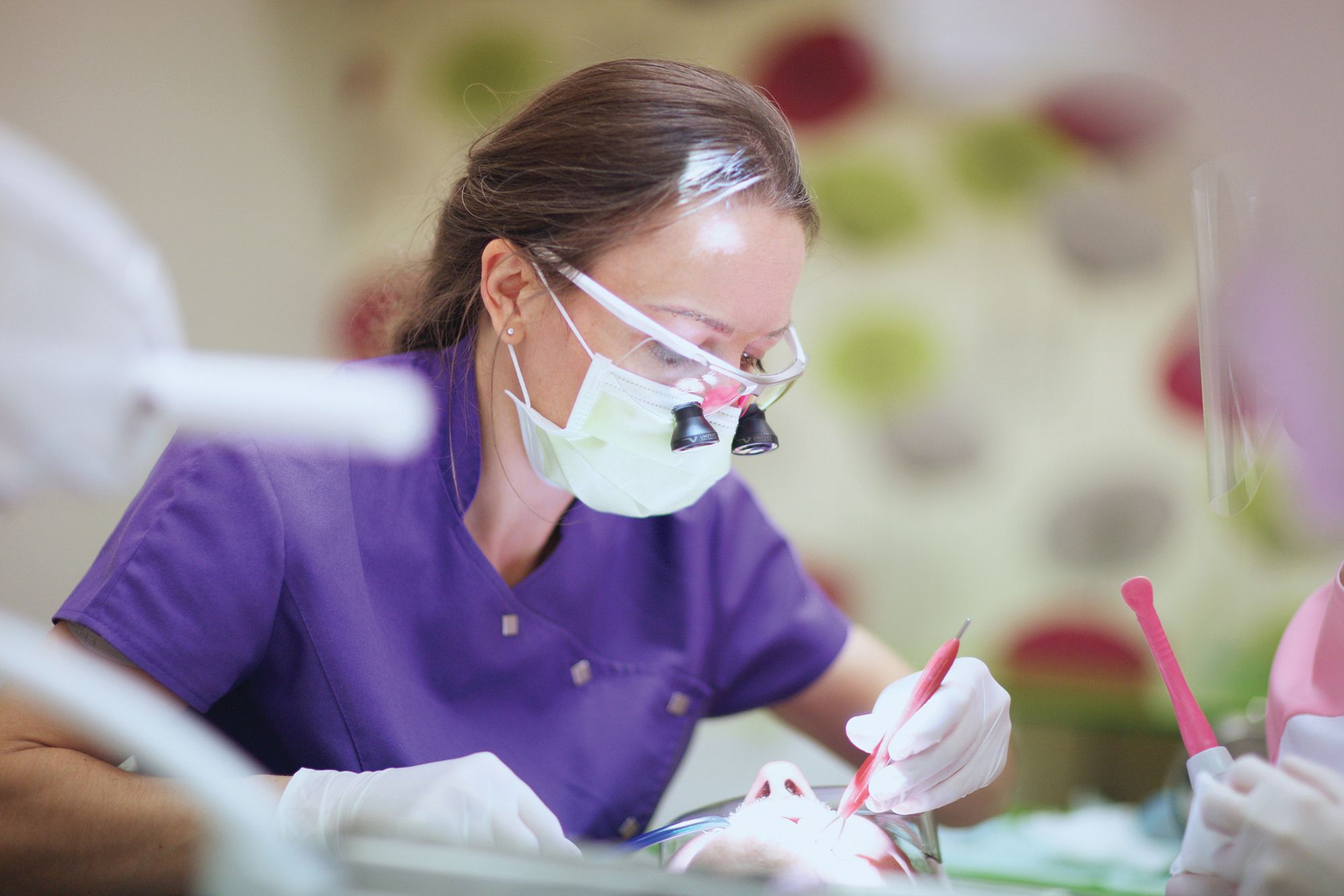
Avoiding Potential Health Risks as a Dental Hygienist by Alyssa Aberle, MBA, BSDH, RDH
Dental hygienists may face a variety of health risks, but there are effective ways to avoid and minimize harm, as described by editorial advisory board member Alyssa Aberle. This April feature discusses the importance of maintaining one’s personal health in both a career capacity and personal well-being. Aberle emphasizes the importance of avoiding musculoskeletal disorders, which are of great concern for many professionals who do repetitive motions every day, particularly dental hygienists. “We chose this profession because of our passion for helping others achieve health and it’s time that we realize that helping patients with their health begins with us taking care of ourselves,” Aberle writes.
Go to bit.ly/HygieneHealthRisk
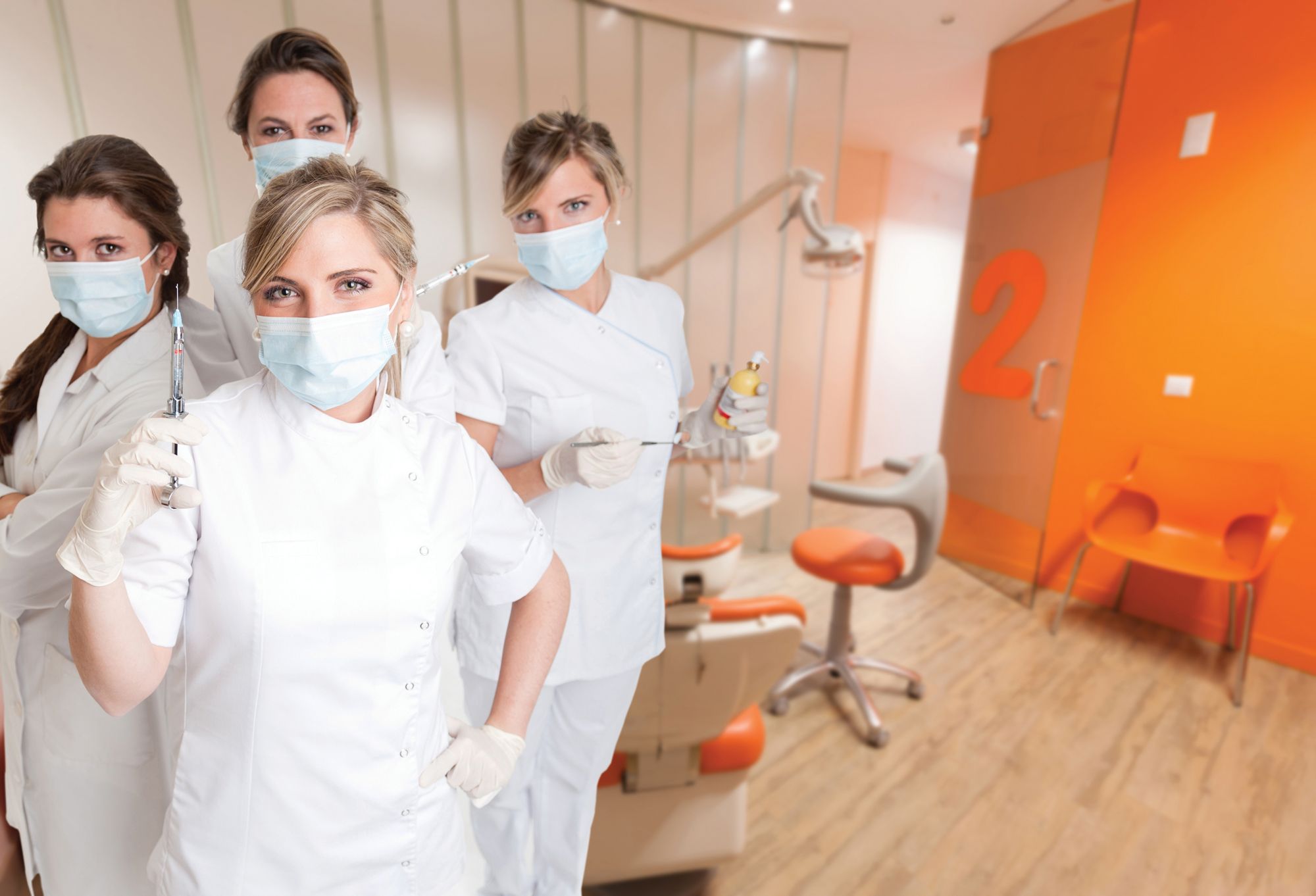
Denigration by a Lobbyist: Unleashing Dental Hygiene’s Fury by Lynne H. Slim, MS, RDH; and Suzanne Newkirk, RDH
This piece by Lynne H. Slim and Suzanne Newkirk describes events in 2021 in which the Illinois Legislature was considering measures to expand the Illinois Dental Practice Act to allow dental hygienists to provide preventive dental services for patients in prisons, nursing homes, and mobile dental vans without the dentist first conducting a dental exam or being physically present in the treatment facility. However, after the Illinois State Dental Society met with key lawmakers, the bills never made it out of committee. This was because of lobbyists undervaluing the position of dental hygienists. This rhetoric is inaccurate and offensive, and Slim and Newkirk debunk thinking in this feature.
Go to bit.ly/HygieneFury

Caring for Patients With Implants in the Hygiene Operatory by Laura Dorr
Contributing author Laura Dorr writes in this article for hygienists on how to best care for patients with implants. Dorr takes the time to talk with industry leaders such as Katrina Sanders, MEd, RDH, BSDH, RF; and Susan Wingrove, BS, RDH, to offer valuable insight on this growing dental specialty. “A combination of accurate assessment, proper hygiene protocol, good home care, and plentiful patient (and hygienist!) education is the key to implant success,” she writes.

The Evolution of Nonsurgical Periodontal Therapy: A Three-Part Series by Lynne H. Slim, MS, RDH; and Suzanne Newkirk, RDH
Slim and Newkirk again team up to begin a 3-part series on nonsurgical periodontal therapy beginning with this February feature. This first part serves as a deep dive on scaling and root planing, providing the kind of insight many dental hygienists would find valuable. It journeys through the history of scaling and root planing, offering a timeline on just how this treatment has evolved.
Go to bit.ly/NonsurgicalPerio
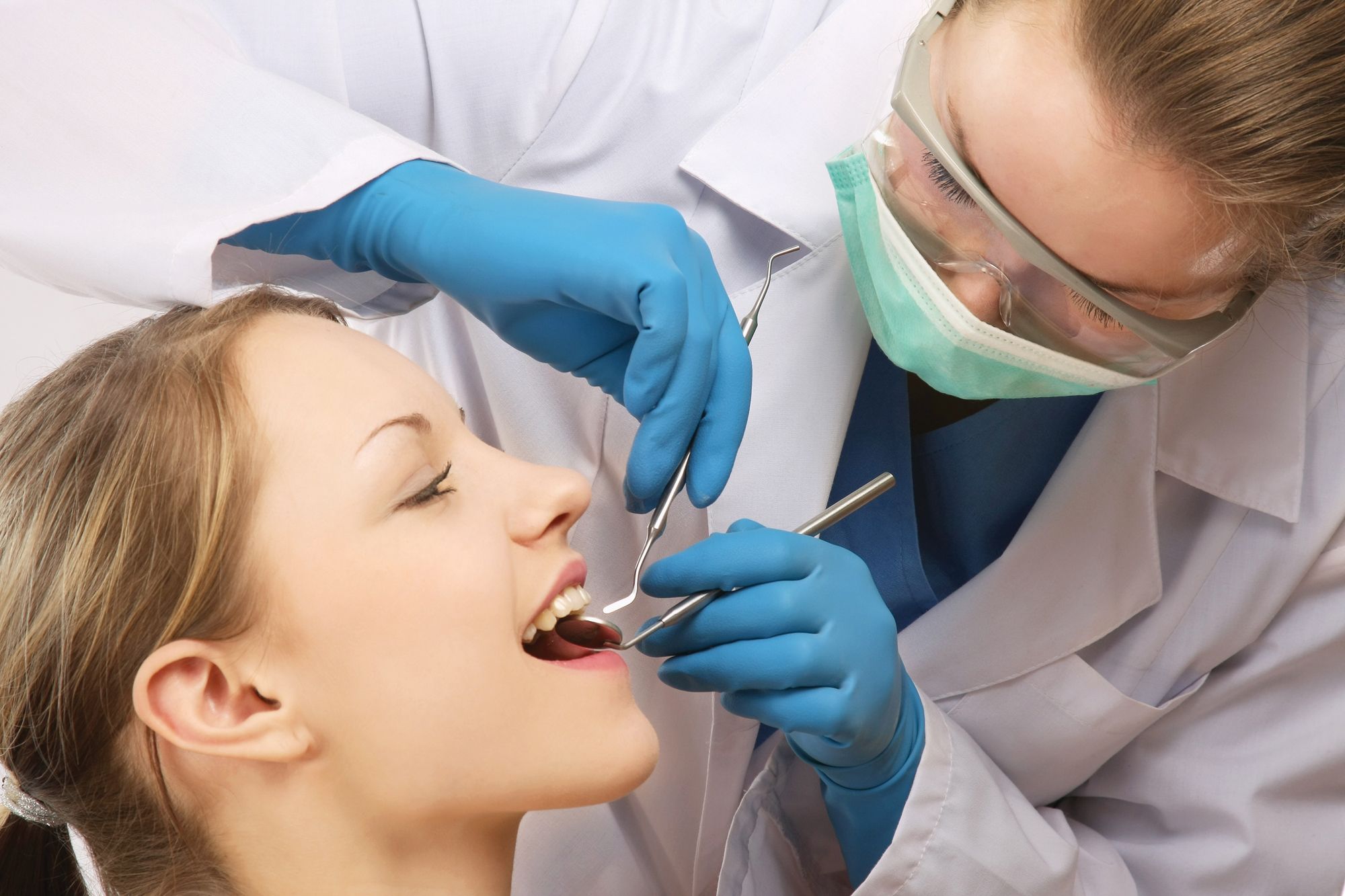
How COVID-19 Permanently Changed Dental Hygiene by Laura Dorr
COVID-19’s impact on dental hygiene is closely examined in this July feature from Laura Dorr. With commentary from industry leaders like Tina Clarke, MEd, RDH, this feature covers topics like anxiety, employment shifts, and a new world. “In general, I think individuals have started taking a closer look at their own personal health,” Clarke says in the feature. “And as a result, patients are a little more receptive to information about how they can improve their own personal health. They are understanding how important it is to stay healthy and that when we’re healthy, we’re likely to reduce our opportunities for sickness and illness and infection. So that has been a silver lining from all of this when it comes to talking with patients.”

My Dentist Is Retiring and Did Not Tell Me by Lisa Newburger, LISW-S
Author Lisa Newburger, LISW-S, describes the patient’s perspective after a dentist left, leaving behind questions and frustrations. This patient writes, “Closure means a lot to patients when you close a practice. I get it that practices are sold with the patient base intact. But when you are that patient or that person with a challenging problem, they need to be informed so that they can make smart decisions. Otherwise, it can end a 20-year successful patient/dentist relationship in a puff of smoke. When that happens, the story gets repeated. This is your brand. Protect it even with retirement...Sometimes, you may have to bend the rules. And that is OK with this patient.”
Go to bit.ly/DentistRetiring
Related Content:



